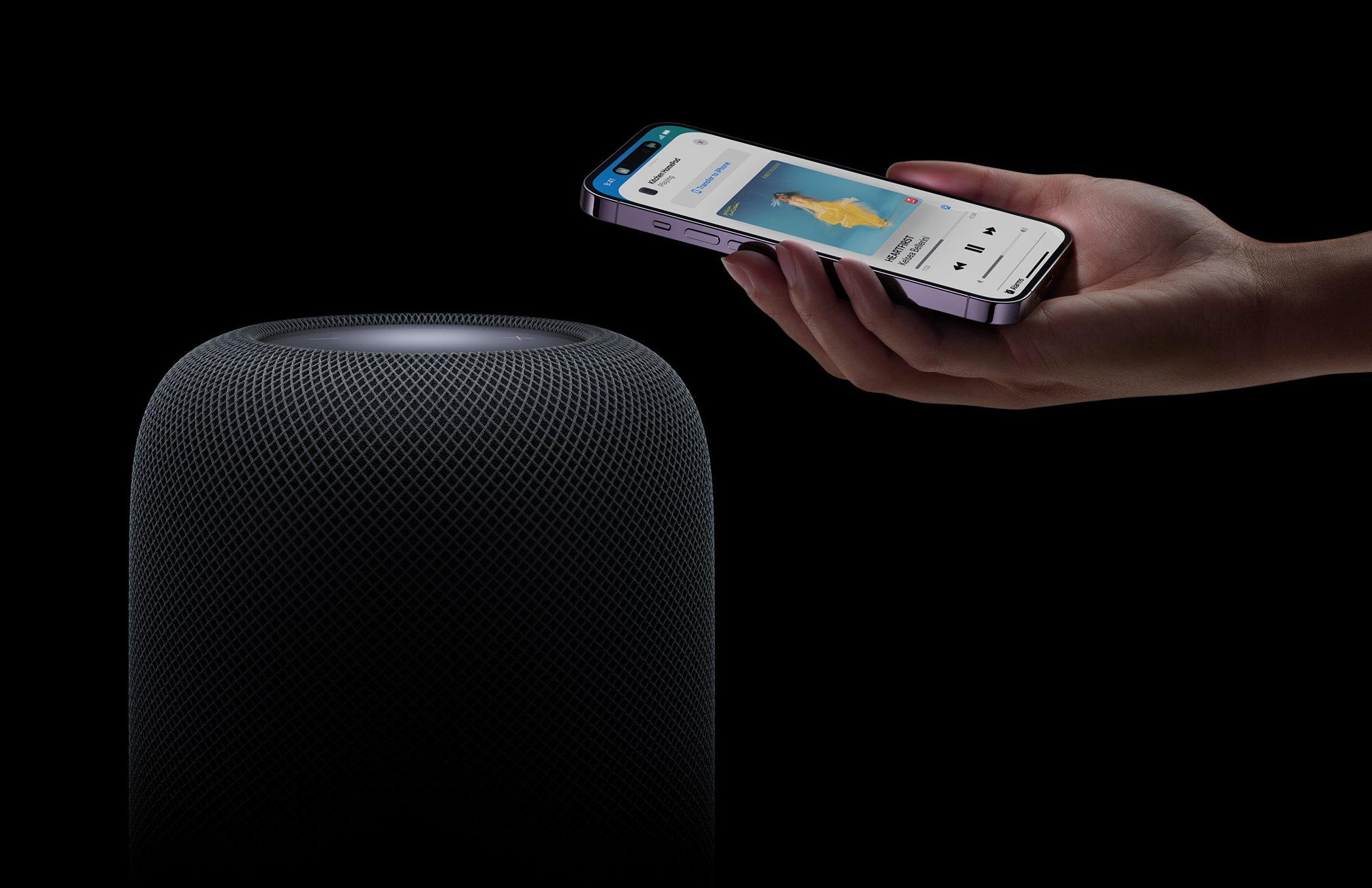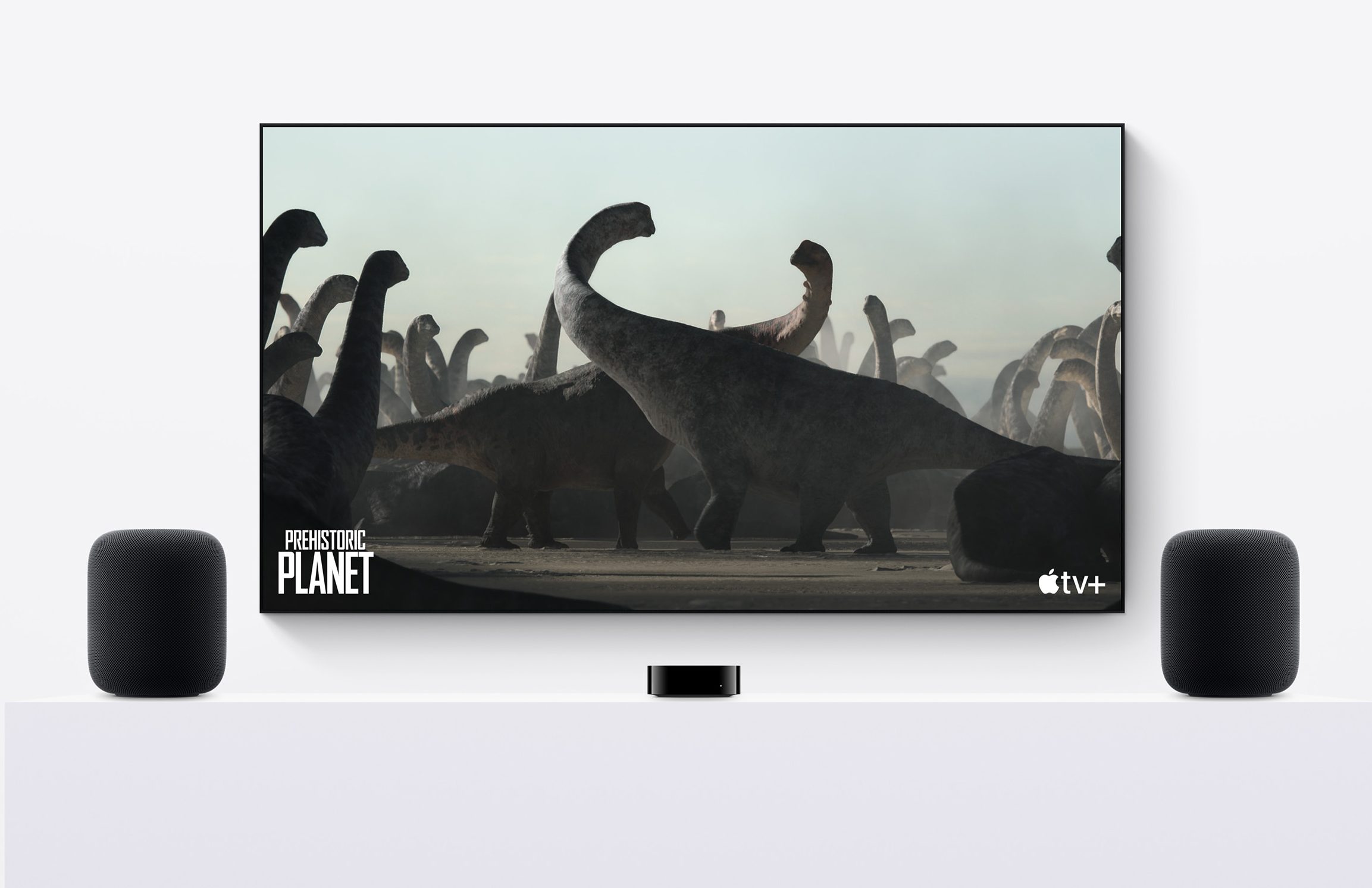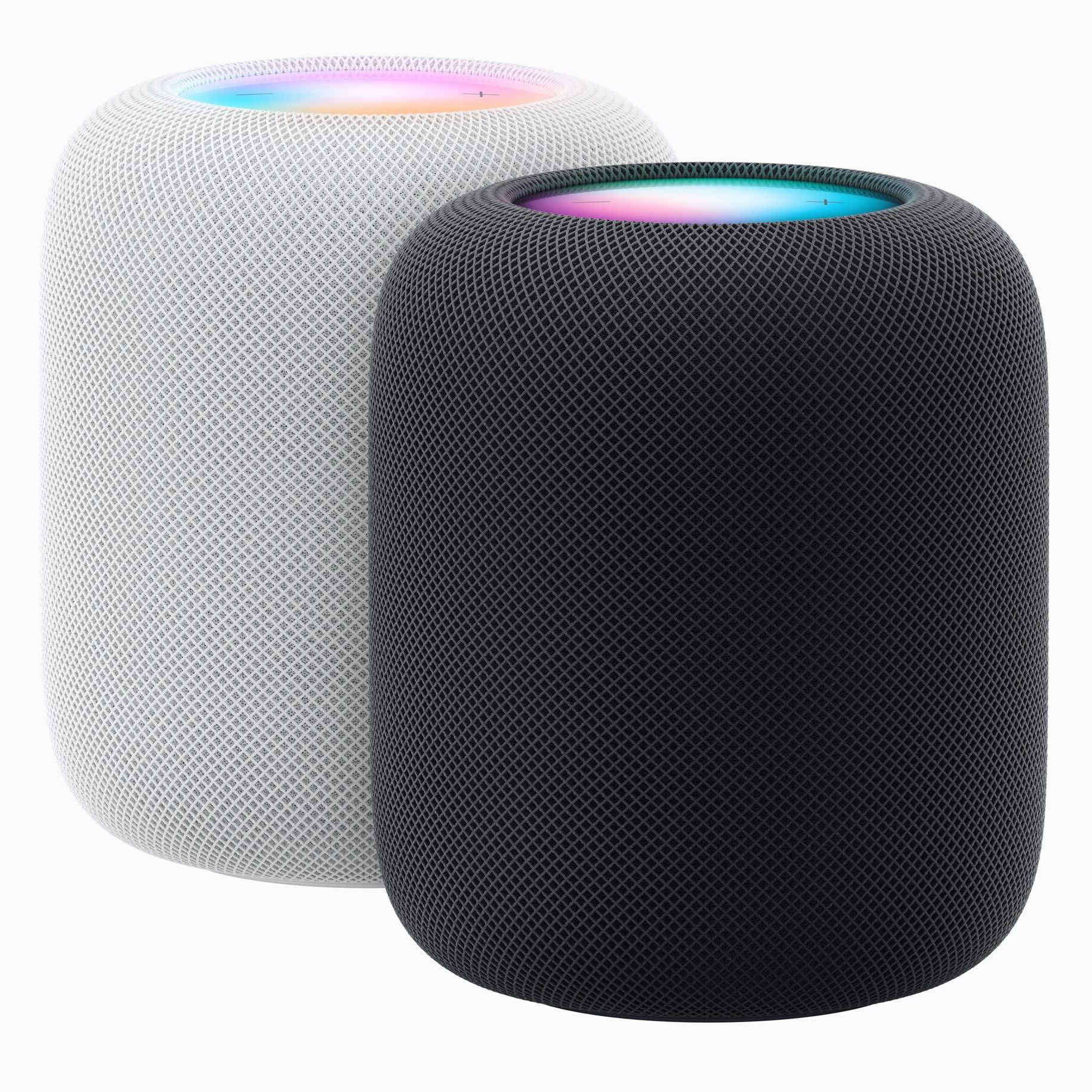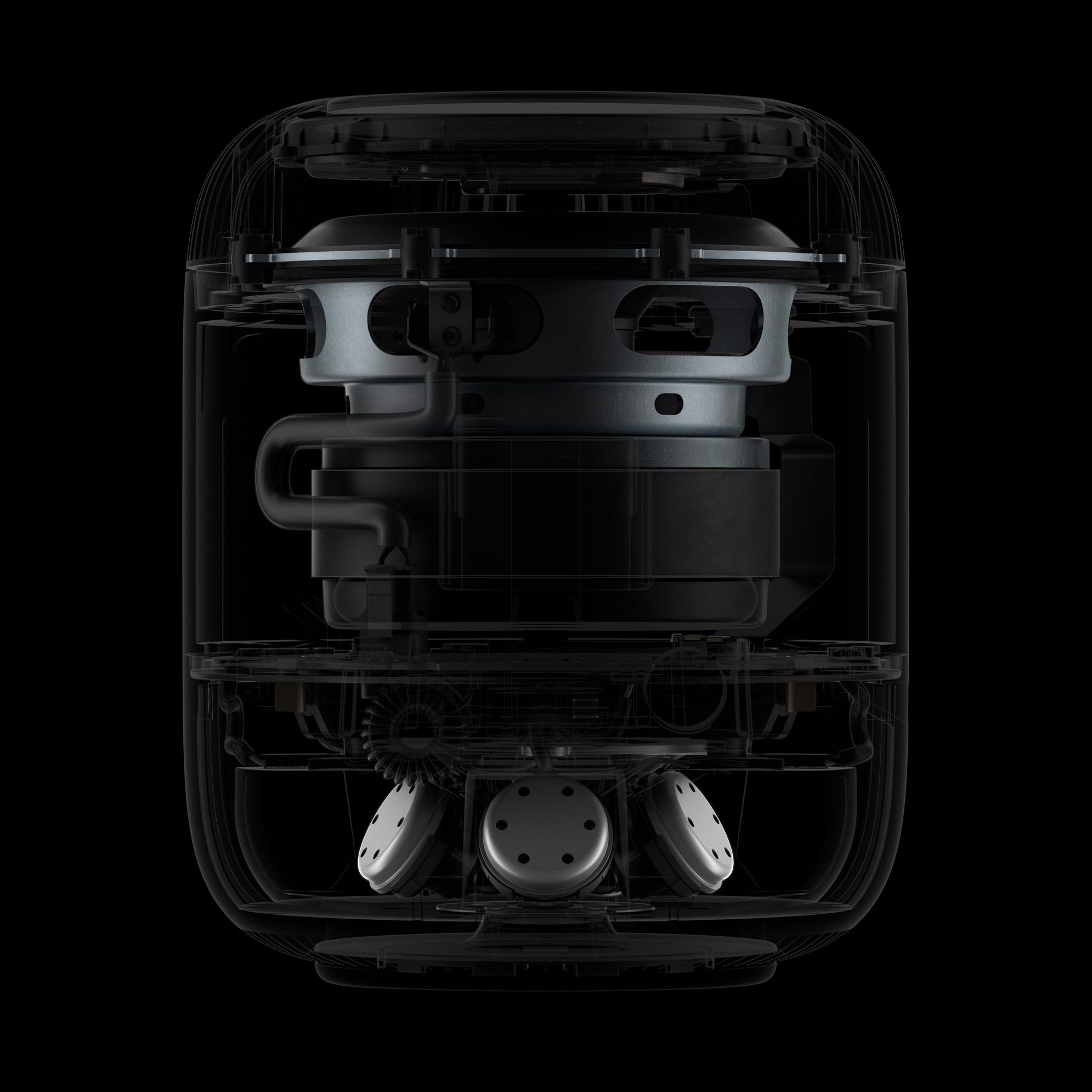After surprising everyone just yesterday with the new MacBook Pro and Mac Mini, Apple has done it again by reintroducing the HomePod. It’s been two years since the much-maligned smart speaker was discontinued, but Cupertino has gone back to the drawing board and given it a few upgrades—including some surprising new features.
The biggest change is the fitment of an S7 chip from the Apple Watch Series 7, an upgrade over the ancient A8 chip first used in the iPhone 6 more than eight years ago. This powers a new sound recognition function that can detect a smoke or carbon monoxide alarm and notify the user through their iPhone. You also now get temperature and humidity sensors that enable new smart home automations; you can, for example, set it to turn the fan or air-con on when a certain temperature is reached.
Apple has also added a new confirmation tone when activating an appliance that may not visually show a change, or one that’s located in a different room. It has also remastered ambient sounds—such as ocean, forest, and rain—and allowed users to add them to routines (scenes in Apple speak), automations and alarms. In addition, the HomePod now supports the new cross-compatible Matter standard for accessories.


Sound quality was one of the few areas that didn’t need improving, so there’s not much change in terms of the speakers, which continue to include a four-inch woofer. Apple has actually reduced the amount of tweeters from seven to five, and the microphones from six to four.
Despite this, the original’s beamforming technology is still present, while the fitment of the S7 chip enables more powerful computational audio. As before, the HomePod is capable of outputting spatial audio, and users can still pair two units together to deliver true stereo sound. You can also link up multiple speakers in different rooms to play the same music and function as an intercom—a feature that debuted on the HomePod Mini.


Although it looks practically identical to its predecessor, the new HomePod is actually slightly shorter, at 168mm versus 170mm. It still has an illuminated circular touch surface at the top and a mesh fabric covering, available in either white or a new Midnight hue—the latter made with 100% recycled material. The braided power cable is again colour-matched.
All this comes at a similarly prohibitive price as before—USD299 (about RM1,294). By comparison, Google’s similarly-sized Nest Audio costs USD99 (about RM428), or as much as the smaller HomePod Mini. As before, the HomePod is not available in Malaysia; it will instead be available to order in Australia, Canada, China, France, Germany, Italy, Japan, Spain, the UK, the US and 11 other countries and regions starting today. Sales will kick off on February 3.








